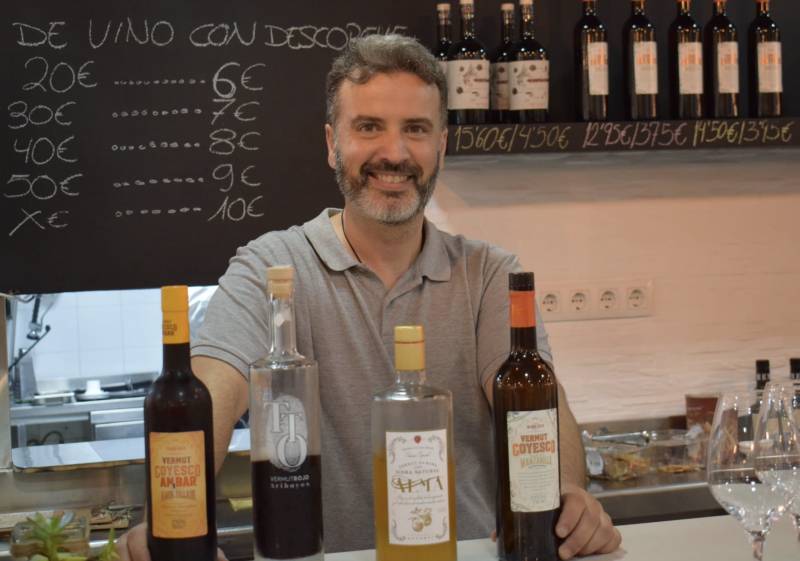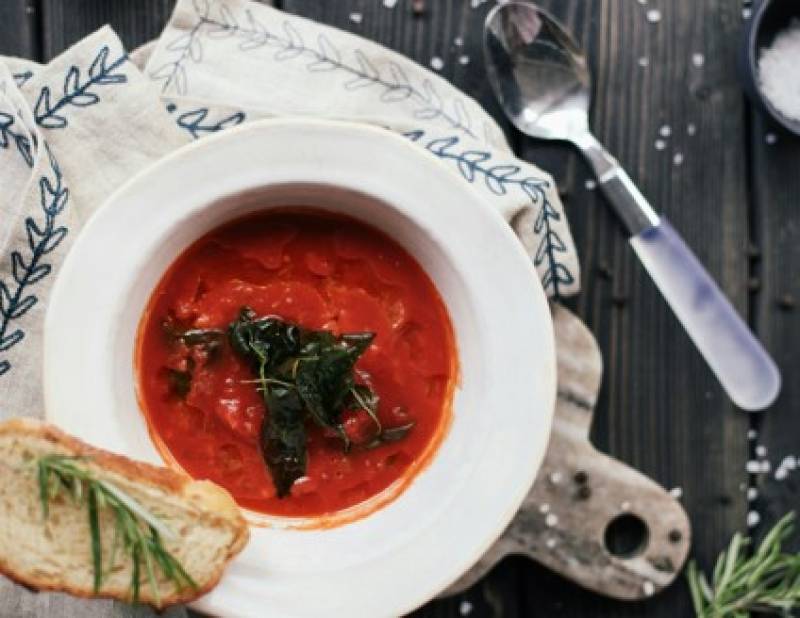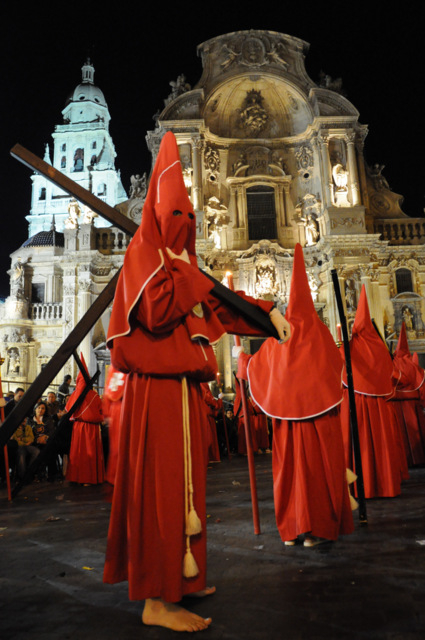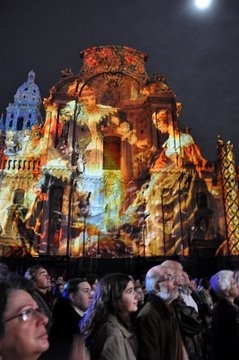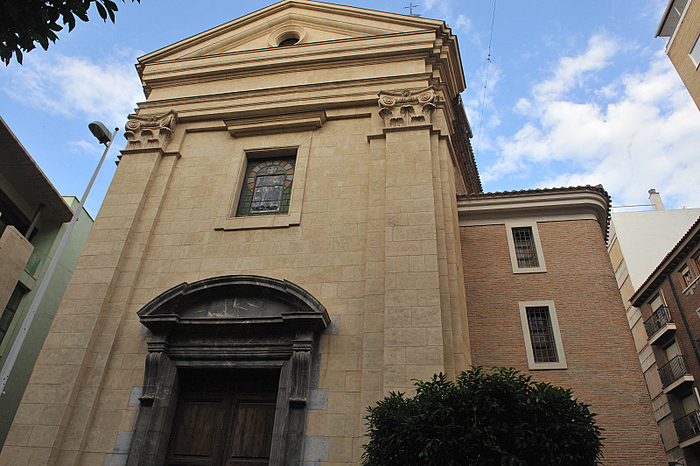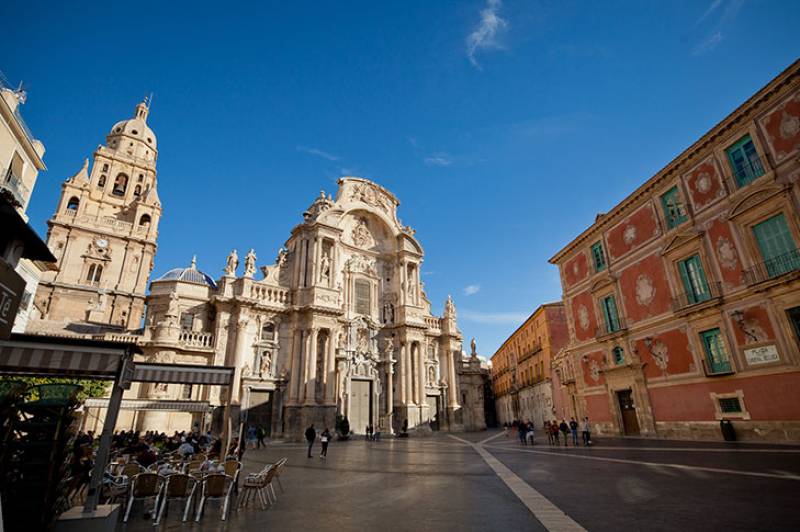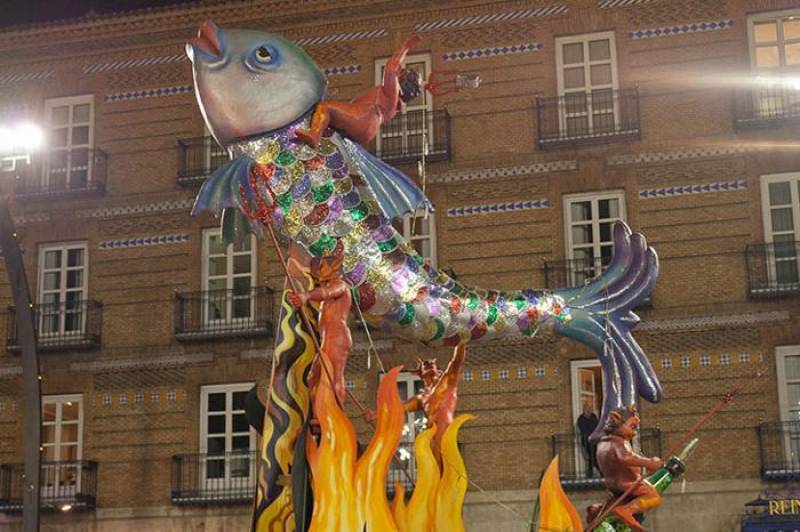- Region
- Águilas
- Alhama de Murcia
- Jumilla
- Lorca
- Los Alcázares
- Mazarrón
- San Javier
-
ALL AREAS & TOWNS
- AREAS
- SOUTH WEST
- MAR MENOR
- MURCIA CITY & CENTRAL
- NORTH & NORTH WEST
- TOWNS
- Abanilla
- Abarán
- Aguilas
- Alamillo
- Alcantarilla
- Aledo
- Alhama de Murcia
- Archena
- Balsicas
- Blanca
- Bolnuevo
- Bullas
- Cañadas del Romero
- Cabo de Palos
- Calasparra
- Camping Bolnuevo
- Campo De Ricote
- Camposol
- Canada De La Lena
- Caravaca de la Cruz
- Cartagena
- Cehegin
- Ceuti
- Cieza
- Condado de Alhama
- Corvera
- Costa Cálida
- Cuevas De Almanzora
- Cuevas de Reyllo
- El Carmoli
- El Mojon
- El Molino (Puerto Lumbreras)
- El Pareton / Cantareros
- El Raso
- El Valle Golf Resort
- Fortuna
- Fuente Alamo
- Hacienda del Alamo Golf Resort
- Hacienda Riquelme Golf Resort
- Isla Plana
- Islas Menores & Mar de Cristal
- Jumilla
- La Azohia
- La Charca
- La Manga Club
- La Manga del Mar Menor
- La Pinilla
- La Puebla
- La Torre
- La Torre Golf Resort
- La Unión
- Las Palas
- Las Ramblas
- Las Ramblas Golf
- Las Torres de Cotillas
- Leiva
- Librilla
- Lo Pagan
- Lo Santiago
- Lorca
- Lorquí
- Los Alcázares
- Los Balcones
- Los Belones
- Los Canovas
- Los Nietos
- Los Perez (Tallante)
- Los Urrutias
- Los Ventorrillos
- Mar De Cristal
- Mar Menor
- Mar Menor Golf Resort
- Mazarrón
- Mazarrón Country Club
- Molina de Segura
- Moratalla
- Mula
- Murcia City
- Murcia Property
- Pareton
- Peraleja Golf Resort
- Perin
- Pilar de la Horadada
- Pinar de Campoverde
- Pinoso
- Playa Honda
- Playa Honda / Playa Paraíso
- Pliego
- Portmán
- Pozo Estrecho
- Puerto de Mazarrón
- Puerto Lumbreras
- Puntas De Calnegre
- Region of Murcia
- Ricote
- Roda Golf Resort
- Roldan
- Roldan and Lo Ferro
- San Javier
- San Pedro del Pinatar
- Santiago de la Ribera
- Sierra Espuña
- Sucina
- Tallante
- Terrazas de la Torre Golf Resort
- Torre Pacheco
- Totana
- What's On Weekly Bulletin
- Yecla


- EDITIONS:
 Spanish News Today
Spanish News Today
 Alicante Today
Alicante Today
 Andalucia Today
Andalucia Today
article_detail
Date Published: 15/10/2011
Battle of the Huerto de las Bombas
Murcia, Battle of the Huerto de las Bombas
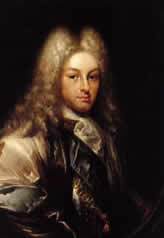 When Carlos II died on 1st November 1700, he left no heir to the throne, and the whole of Spain became involved in the succession dispute which followed. A month before his death, Carlos had named Philippe of Anjou, a grandson of Luis XIV of France, as his successor, and he thus became Felipe V of Spain, the first of the House of Borbón to occupy the throne. The Regency was occupied by Cardinal Portocarrero.
When Carlos II died on 1st November 1700, he left no heir to the throne, and the whole of Spain became involved in the succession dispute which followed. A month before his death, Carlos had named Philippe of Anjou, a grandson of Luis XIV of France, as his successor, and he thus became Felipe V of Spain, the first of the House of Borbón to occupy the throne. The Regency was occupied by Cardinal Portocarrero.
Felipe arrived in Madrid on 18th February 1701, where he was popularly acclaimed by the crowds awaiting him, and just a few days later Louis XIV announced that the new king was also to maintain his succession rights in France. Thus the door was opened to the possibility of France and Spain becoming united in a single kingdom in the future.
This was considered highly provocative by the other main powers in Europe, especially when French troops began to take charge of Spanish fortresses in the Netherlands, and a coalition between Austria, England and Holland was formed in The Hague in September 1701, supporting the counter-claim to the Spanish throne of Archduke Charles of Austria. This coalition was later strengthened by the addition of Denmark, Portugal and Savoy, as well as various German states, and the new allies declared war on France and Spain in June 1702. The struggle was to last more than a decade.
Right from the start, Murcia was loyal to Felipe V, a position which was reinforced on 8th May 1705 when Luis Belluga arrived in the city. Belluga had recently been made Bishop of Cartagena, and was a firm supporter of Felipe. He became the undisputed champion of the Borbón cause in Murcia, showing his gift for leadership in the absence of any real political figure to compete with him at the time.
In the first half of 1706 the supporters of Charles of Austria were gaining the upper hand, and on 20th June the allied forces reached Madrid under the command of a Frenchman in the service of the English Crown (Henri de Ruvigny, the Count of Galloway) and a Portuguese (Luis de Sousa, the Marqués de las Minas), forcing Felipe V out of the city. Six days later Charles himself arrived, and was crowned Carlos III of Spain.
However, most of the population of Madrid still supported Felipe, and there were immediately clashes between them and the allied troops.
On the same day that Carlos III was being proclaimed king in Madrid, the city of Murcia was preparing itself for a possible invasion. On 26th June a council for the defence of the city was formed, including the chief justice and head of the local administration, Don Manuel Luna y Peralta, and representatives of the local clergy. Two small armies of about 1,000 men each were formed from volunteers of the city and its outlying villages, and they immediately set to work on repairing Murcias neglected defences.
On 5th July, an allied fleet consisting mainly of Englishmen and Dutchmen stormed Cartagena, and Murcia was under serious threat. On 13th July, the Count of Corzana and the Marqués de las Minas wrote to the leader of the City Council informing him of their progress, and requesting his surrender and full support for Carlos. The request was rejected out of hand, and Murcia continued to fight for Felipe.
As the summer advanced, so did the fighting, and the fortunes of Felipes supporters took a turn for the better. On 4th August a large group of them re-took Madrid, but in Murcia the situation was quite different. As well as Cartagena to the south, Alicante to the north also fell to the Carlists on 8th August, following a ferocious battle and widespread religious looting. This display of anti-Catholic violence further enraged the population of Murcia, and strengthened their determination to fight on.
The allies then moved south from Alicante, and met with no resistance in Orihuela, where the governor, Jaime Rosell, supported the Austrian claim. The next target was Murcia, and on 14th August two representatives, a clergyman and a layman, sought an audience with Luís Belluga to negotiate the terms of a possible surrender. This meeting took place on 18th August, when Belluga roundly refused to contemplate the possibility and vowed to fight on until the last.
Armed conflict was now inevitable, and the alarm was raised when enemy troops broke out of Orihuela and approached Monteagudo, a few miles to the north-east of Murcia. The defending army was inexperienced, despite the presence of a few companies of the Tercio de Mahonis, all of them Irish veterans, who stationed themselves in Monteagudo to head off the invaders. The Bishop asked for chaplains to accompany the troops, but only two, Fray Diego de Cantillana and Luís de Oviedo, heeded his call to arms.
In the last few days of August the allies made a few exploratory raids into the hills to the south of the city, burning houses and looting churches, destroying religious images. Women, children and the elderly took refuge in the Santuario de la Fuensanta. On 24th August the invaders took Beniel, and Espinardo fell into their hands on 27th August, and they took control of the area immediately to the north of Murcia itself after a skirmish in which various men lost their lives.
The final push was now close. In the city trenches, platforms and palisades were constructed to supplement the citys decaying walls, and in the huerta trees were cut down so that enemy troops could not conceal themselves in the woods. The people of the huerta were determined to equip themselves as well as possible for the imminent battle.
On their shoulders lay a huge responsibility. If they failed, the city would be lost, and the Archduke of Austria would control almost all of the east of Spain.
At dawn on 4th September 1706, an Anglo-Dutch regiment containing more than 6,000 infantrymen advanced from Espinardo, equipped by various artillery devices and a portable wooden bridge to cross the irrigation ditches. They were headed for Murcia.
The Murcianos stationed themselves behind the parapets of the Puerta de Castilla (next to the modern Official Language School, where the Ronda Norte runs out of the city onto the motorway), and in the area behind it which is nowadays the areas of Santa María de Gracia and San Basilio, but was then huerta and irrigation ditches. About 400 soldiers took up position in the residence of Baltasar de Fontes, which has been known ever since that day as the Huerto de las Bombas.
The key to the battle that day was when Luís Belluga unveiled a single stroke of genius which left the enemy incapacitated. He gave the order for the sluice gates on the system of irrigation channels and ditches to be opened, and in next to no time almost the whole of the huerta was flooded. Few of the invaders even tried to cross the lake which now separated them from the city, and those who did became bogged down in the mud.
With the allied cavalry effectively out of action, the invaders turned to their artillery, and bombarded the defending soldiers who had stationed themselves in the Huerto de las Bombas. These men launched a counter-attack, causing considerable losses to the allied troops. The fighting was relentless for a couple of hours, with the defence forces being helped by small groups of huertanos who shot at the enemy from their homes or even from the branches of trees.
Eventually the allies had no option but to retreat. More than 400 of them had lost their lives, including various officers, some of whom were buried in the churchyard of Espinardo. The wounded were taken to Orihuela in 36 carts.
Murcia had resisted the Carlist forces, and the course of the War of Succession had been changed.
The area where the battle took place was still part of the huerta ( the orchards) until only about 25 years ago, and one of the streets is still called "Carril del Huerto de las Bombas" (next to the petrol station on the Avenida Miguel de Cervantes). It is now occupied by apartment buildings, but there is also a public park full of mulberry trees, and it takes only a small effort of the imagination to picture the scene 300 years ago.
Luis Belluga went on to become Cardinal Belluga, and the Plaza Belluga which is in front of the Cathedral of Murcia, was named in his honour.
The home of Baltasar de Fontes was eventually demolished, and today the entry portal to his home is in the gardens of Malecón, which run alongside the River Segura and host many of the Festivals which take place in the Capital of Murcia.
article_detail
Contact Murcia Today: Editorial 000 000 000 /
Office 000 000 000


